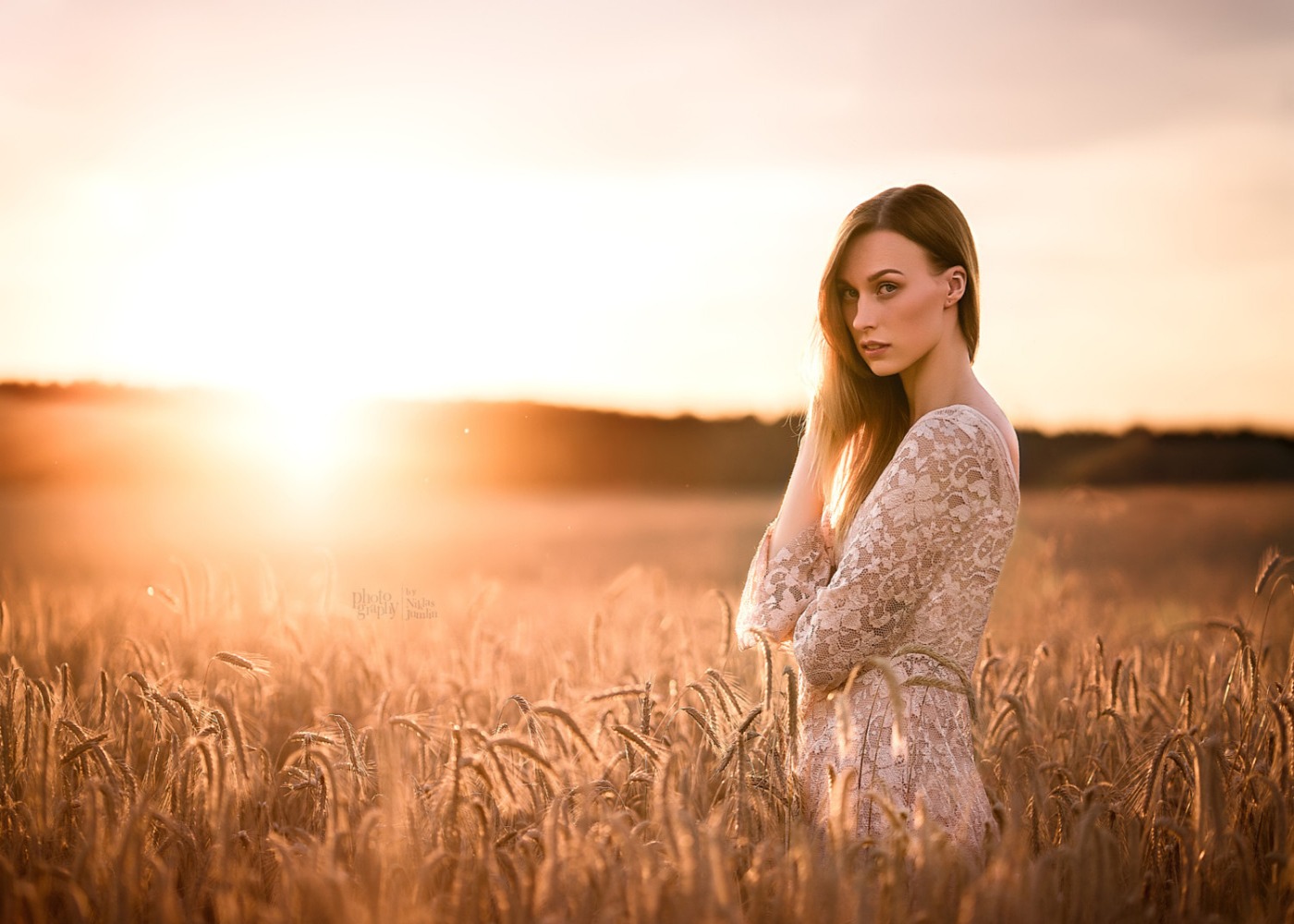The most important form of light is natural light. Natural light refers to any light originating naturally from sunlight. Light is, perhaps, the single important ingredient in photography. Without it, it is impossible to capture images in our camera. Without light, a camera, no matter how sophisticated is bound to produce no image at all; or at best, a very low-quality photographic image.
Before one can take very good quality photographs, you must have a very good understanding of light, its quality and effect on photography, and how to capture it, control it, enhance it and creatively manipulate it to produce excellent photo images.
Natural light has certain characteristics such as:
- Colour Temperature - This refers to the various shades of color that are produced by different light sources ranging from the cooler, blue-tinged end of the spectrum to the warmer reddish-colored end and which can be measured on the Kelvin scale. Color temperature changes throughout the day, depending on the time and the number of clouds in the sky.
- Intensity - which is sometimes referred to as the quantity of light, is a measure of its harshness or brightness and determines how much light is present in a scene. Light is usually most intense at noon when the sun is directly overhead
- Direction - depending on the time of the day, the direction of the sun changes with time due to the sun’s movement. Since the sun is below the horizon at dawn and twilight, almost horizontal at sunrise, and is highest and nearly vertical midday, photographing at these different times of day produces largely different images.
- Quality - Light quality encompasses other characteristics and can be classified as either direct/harsh or diffused/soft. The smaller the light source, the harder the quality, and the bigger or more spread it is, the softer its quality.
The best photography production is often achieved with natural light rather than studio lighting because natural light can help make your products look the way they do in real life. As an added benefit, natural lighting photography doesn’t require a lot of expensive equipment, extensive photography training, or hiring a photographer.
How best to achieve good photography in natural light depends on several factors such as whether you will be shooting indoors or outdoors, how cloudy it is, and the time of the day. So, here are some Natural Light Photography Tips you can use.

- If you are shooting indoors with the source of natural light being from a window; have your subject seat facing the window. This reduces the possibility of having shadows on the image.
- Make use of a long window where possible so that the light source will not be from overhead only.
- Make use of a reflector to manipulate the direction of the light or to even out the intensity of the light. Place the reflector at an angle opposite to the source of your natural light.
- If it is on a cloudy day, be conscious of changes in light as the clouds may be shifting constantly.
- Widen your aperture setting by decreasing your f-stops by two or three to allow for an increase in contrast between your subject and the background.
- On a sunny day shoot; most photographers suggest that you set your ISO to between 50 and 100 and using a fast shutter speed of 1/100th of a second to maximize exposure on a bright day.
- Use a neutral density filter to control the light coming into your camera. Using the filter is like wearing sunglasses on a sunny day.
- Avoid shadows by shooting in the shades.
- If the time of shoot is in the twilight; then you will need to use a lens with a faster shutter speed than usual to capture sharp photos in low light.
- If you need a close-up shot; go close to the subject instead of trying to zoom in as this may result in images amplified shaking because of zooming in. possibly, use a tripod to eliminate blur from movement.

Remember, that the time of the day that you wish to shoot natural light plays an important role in natural light photography, and the best time of day for natural light photography depends on the images you want to create.
Each time of day has different characteristics of the light; the white balance, the colors, and the direction of the sun. While people might ask what’s the best time of day for natural light photography? The answer will depend on the kind of shots and mood you want to create.
Understanding these characteristics will help you learn how to tackle the challenges in each case and the best way to work around the different challenges with your camera.
For more information on Movies, Cinema, Lifestyle, Content, and Corporate Video Production you can always trust Film District Dubai. We create inspiring content that works for Consumer & Luxury brands, Property & Construction, Travel & Hospitality, Food & Beverage, and Sports.







